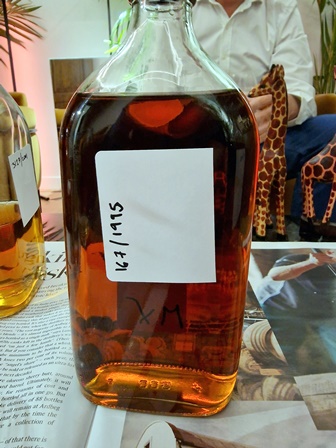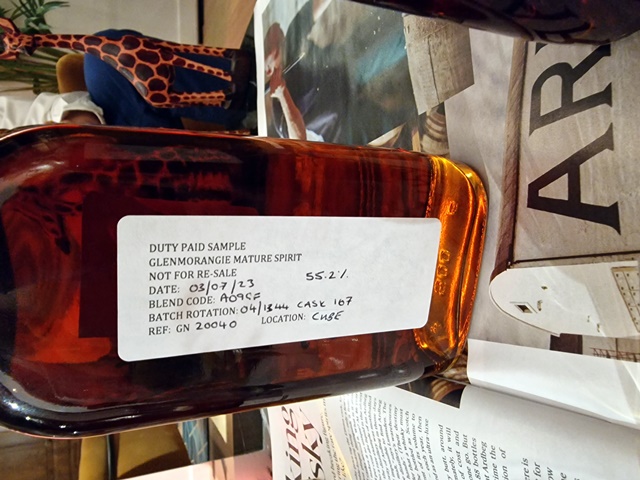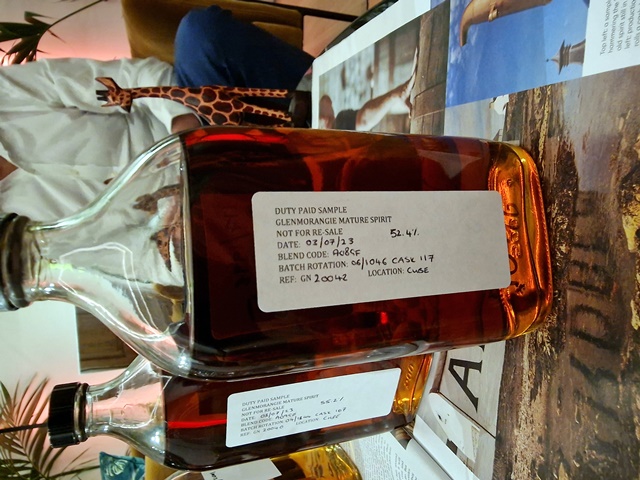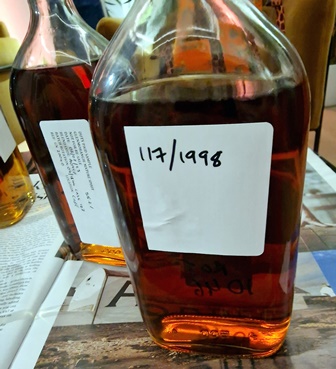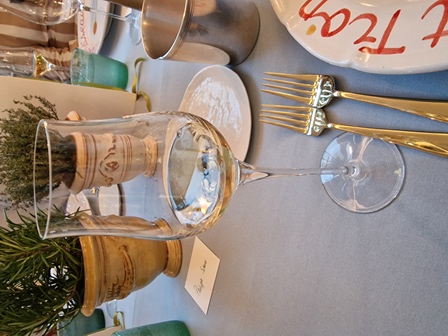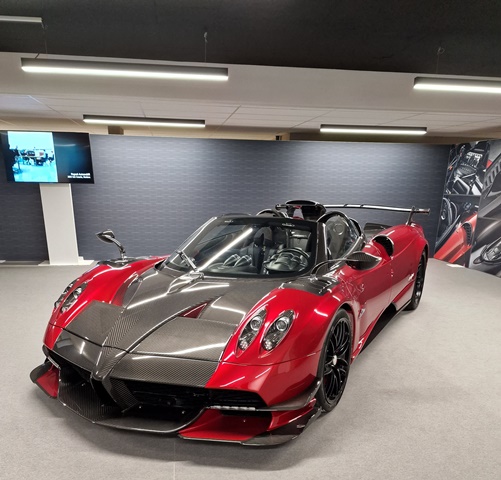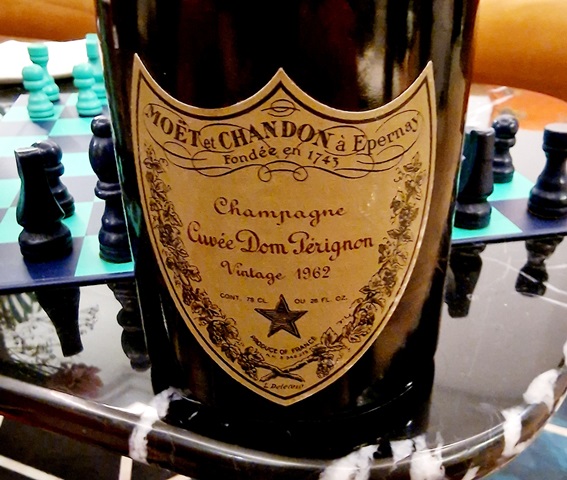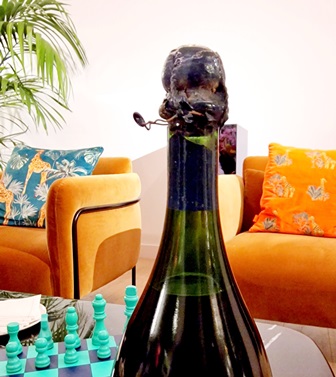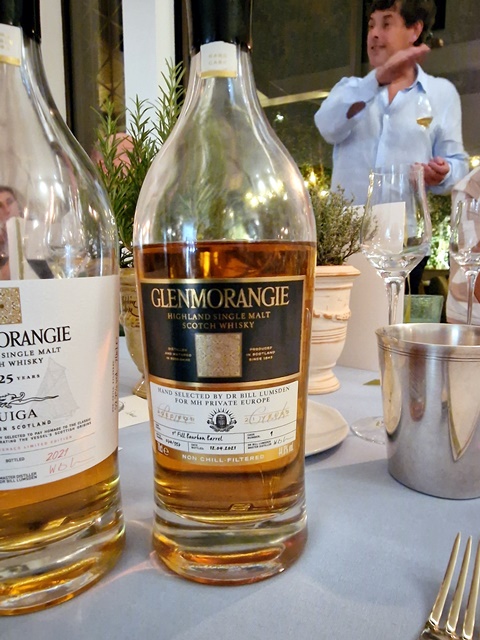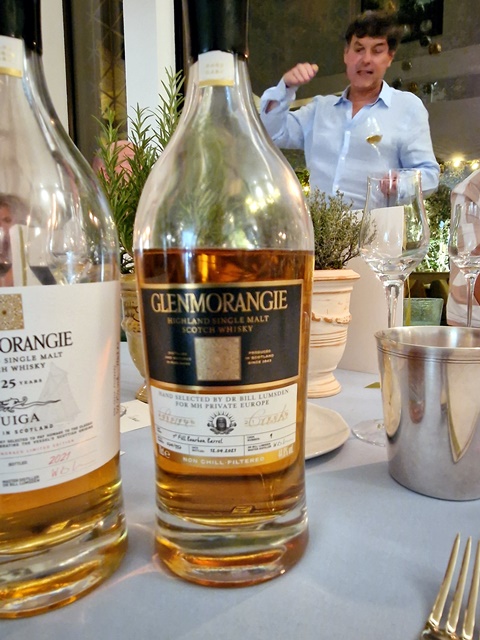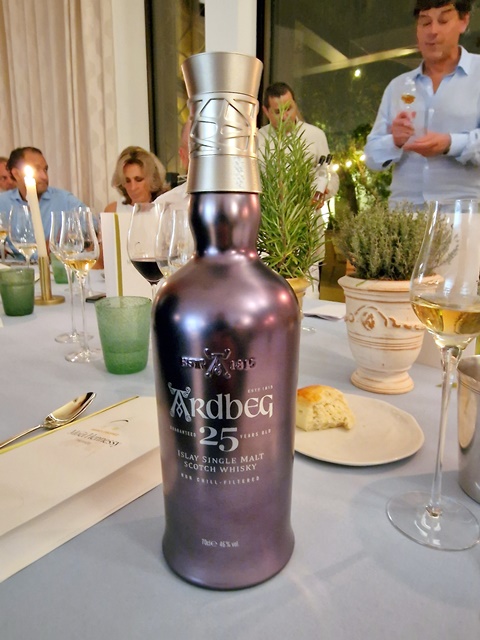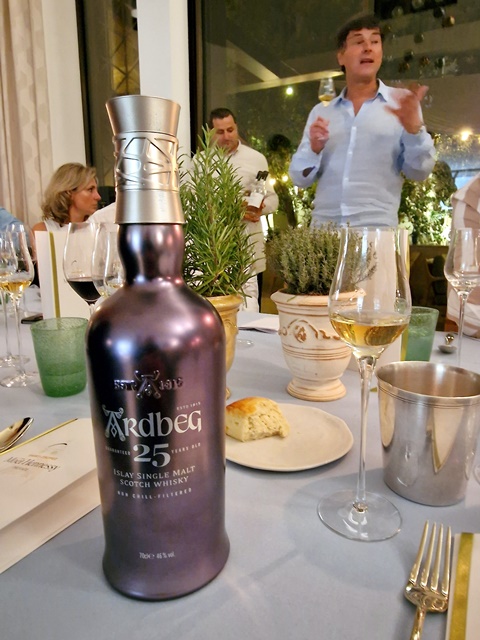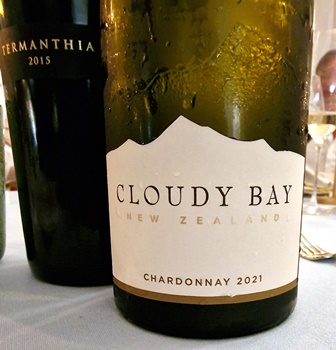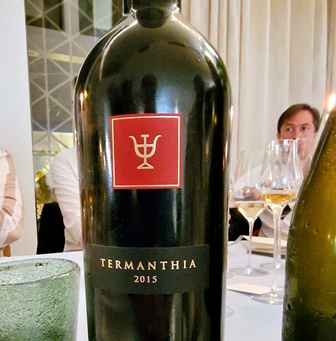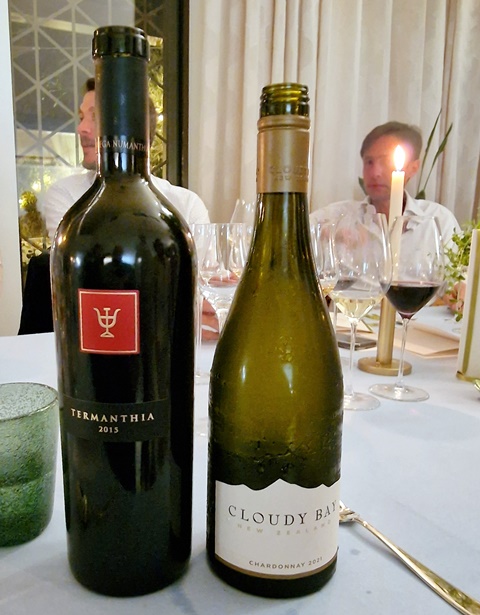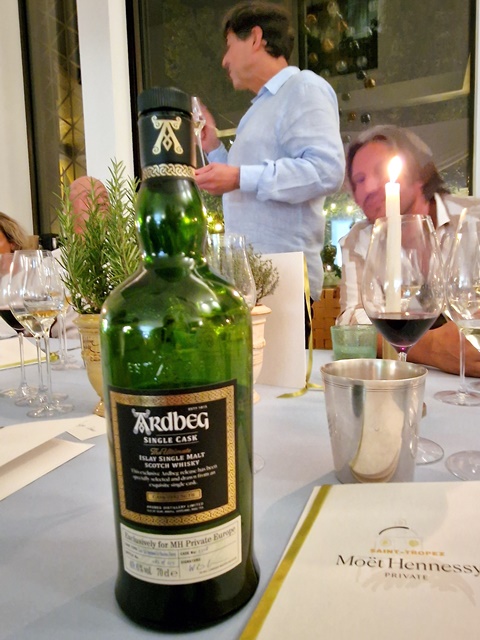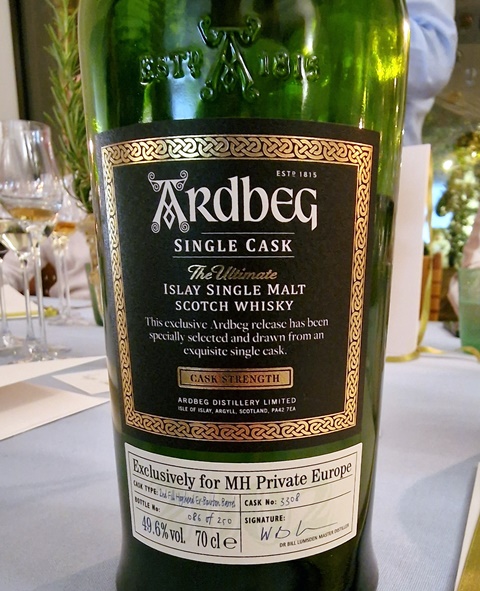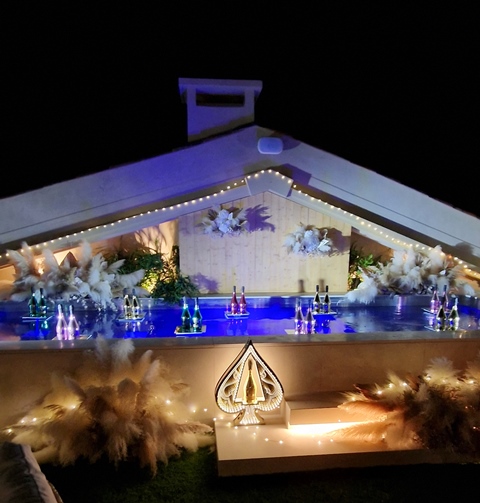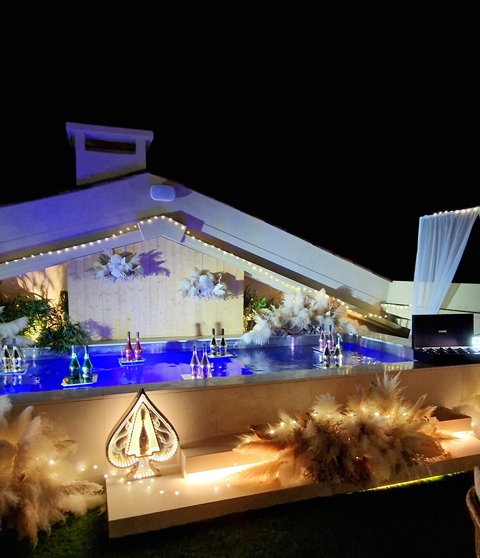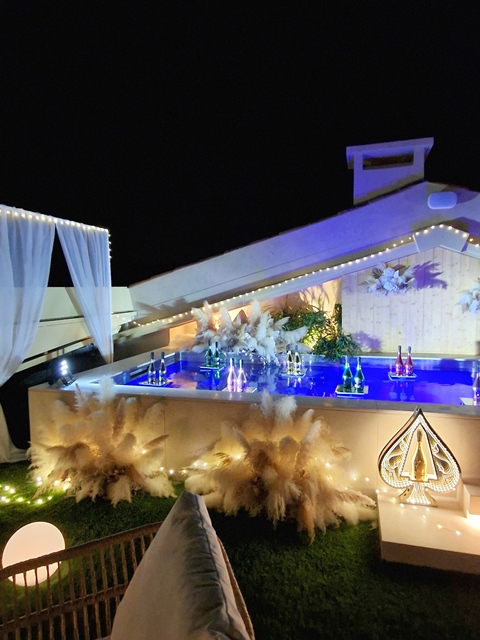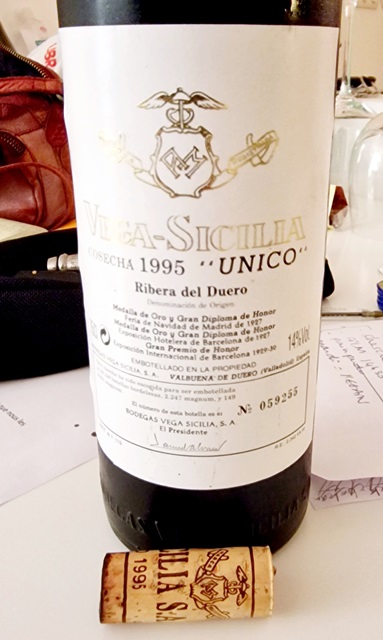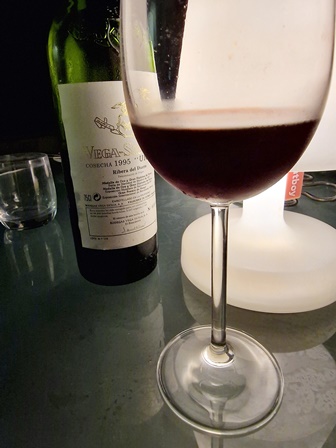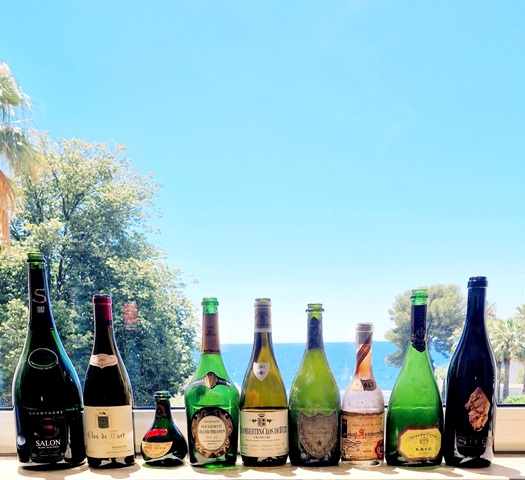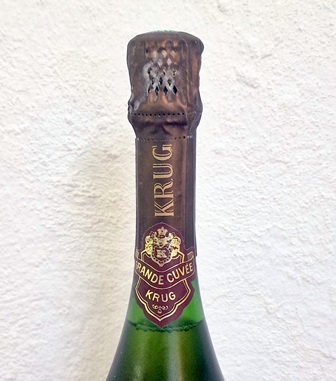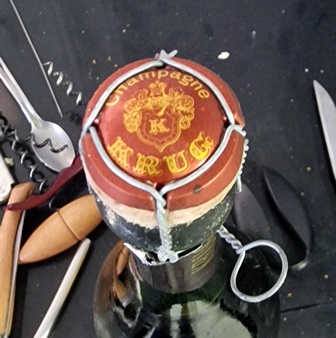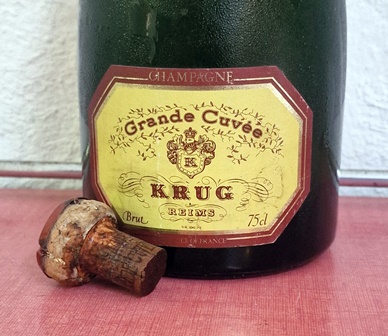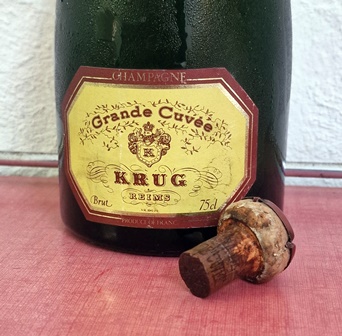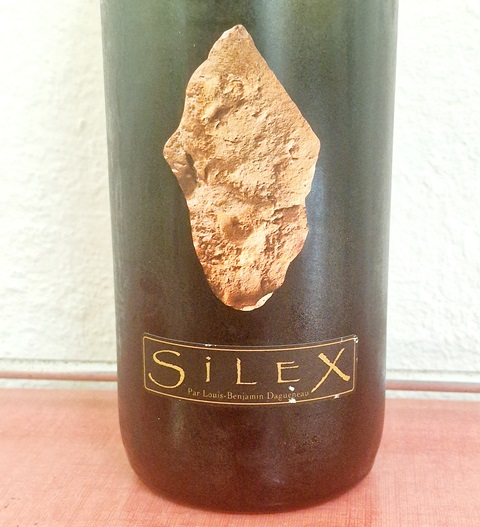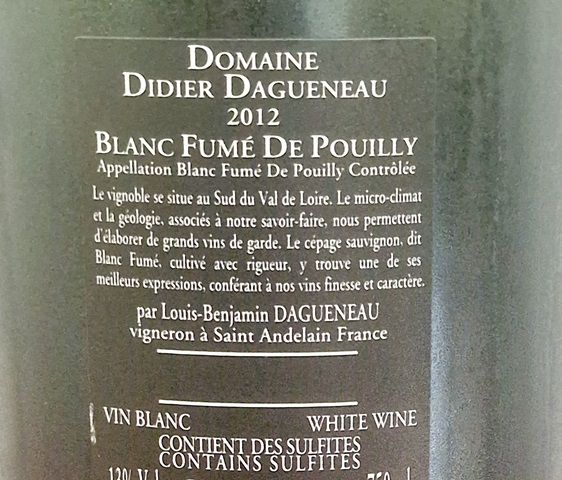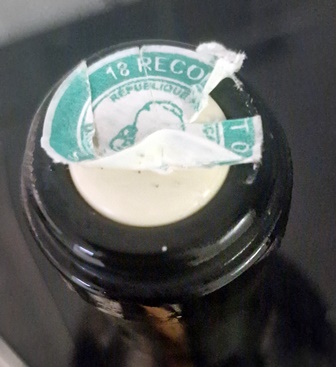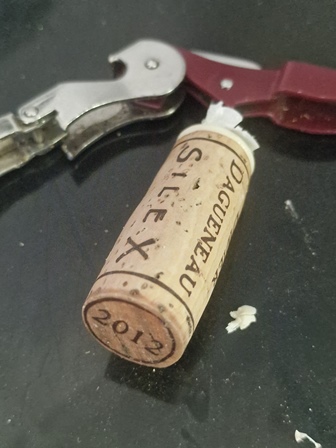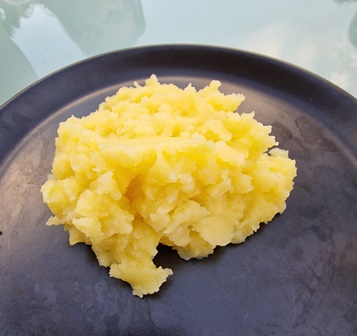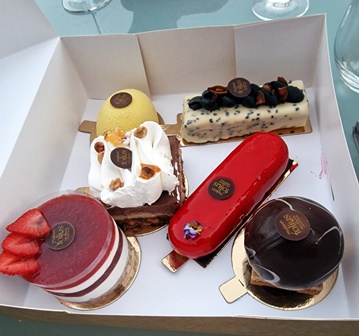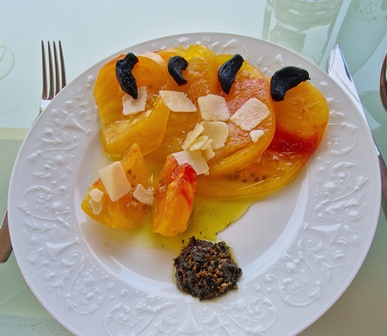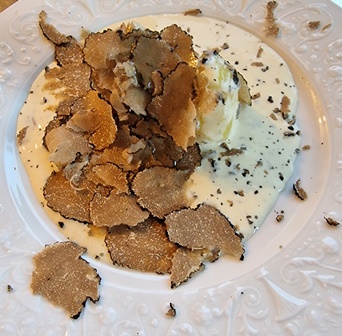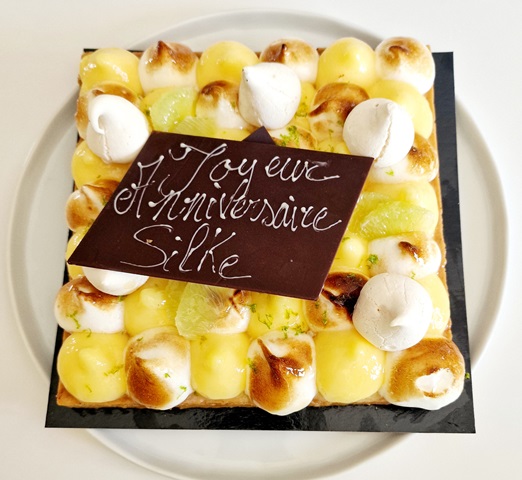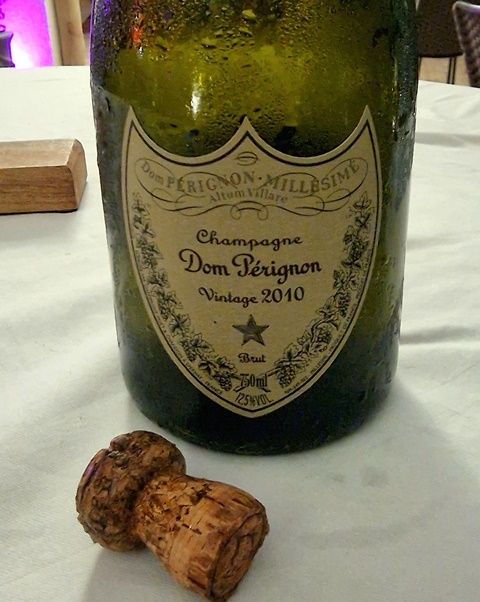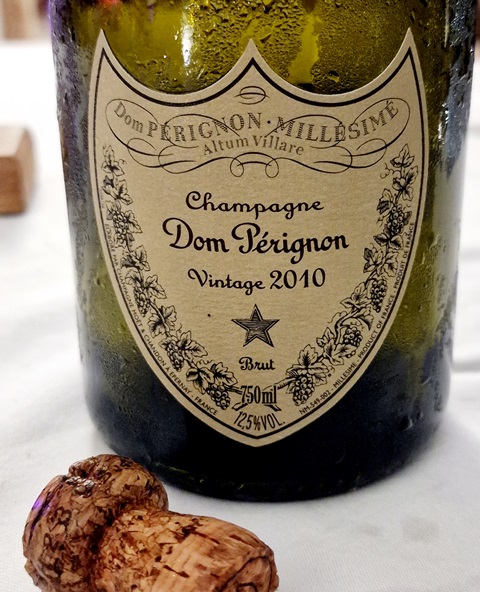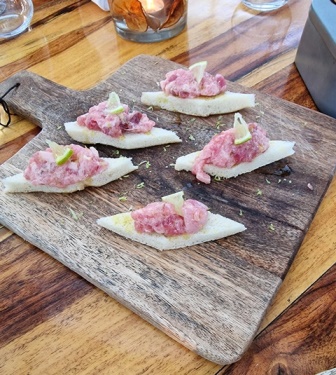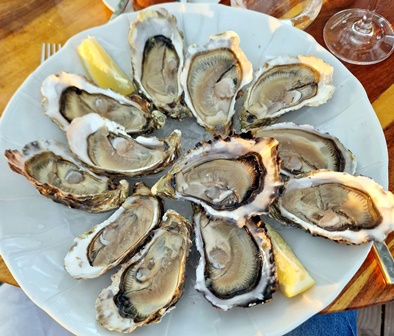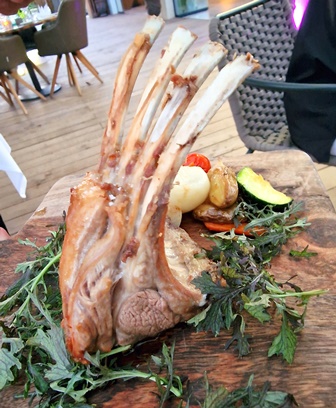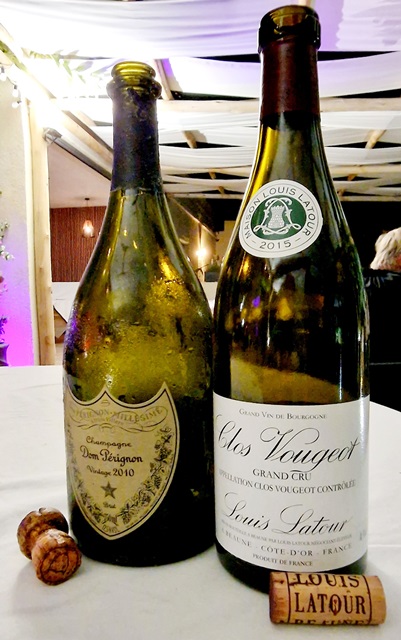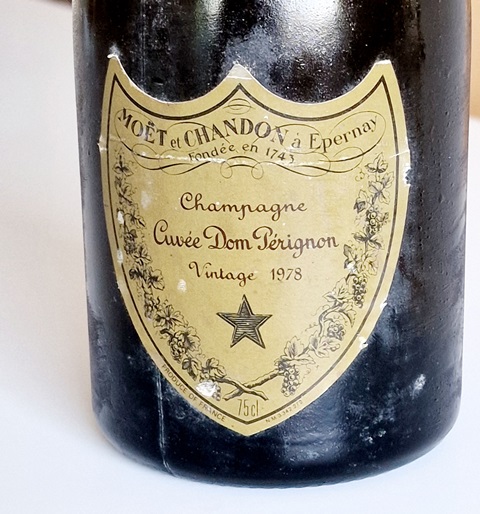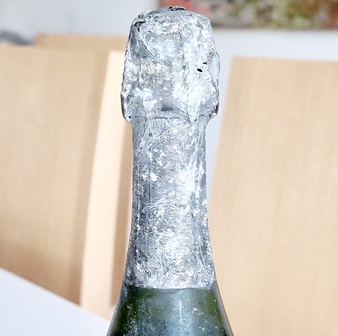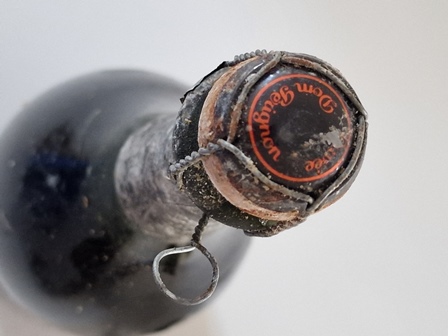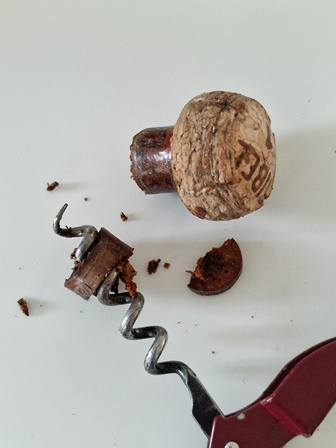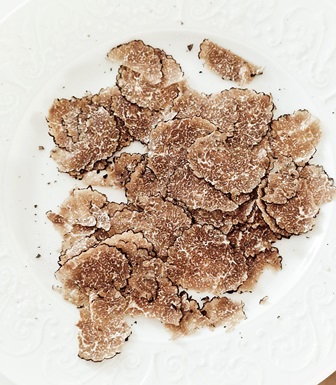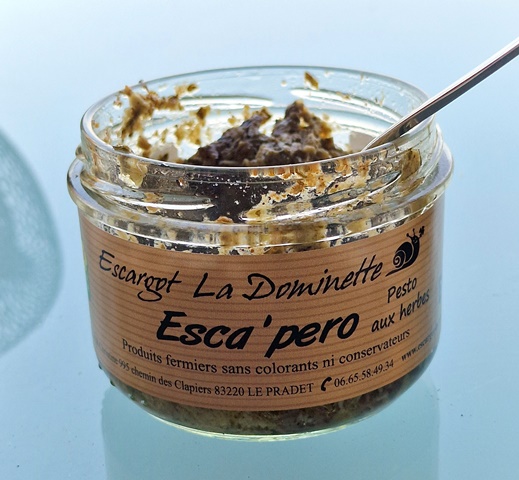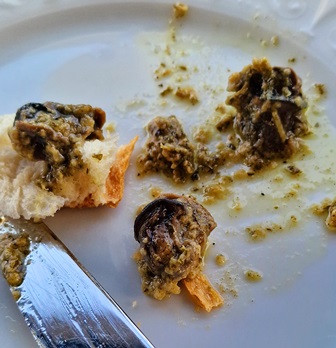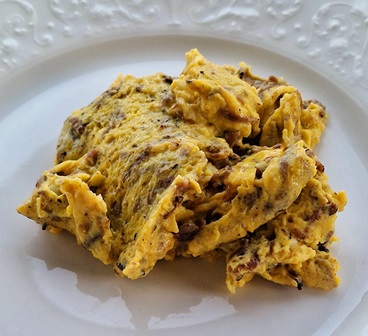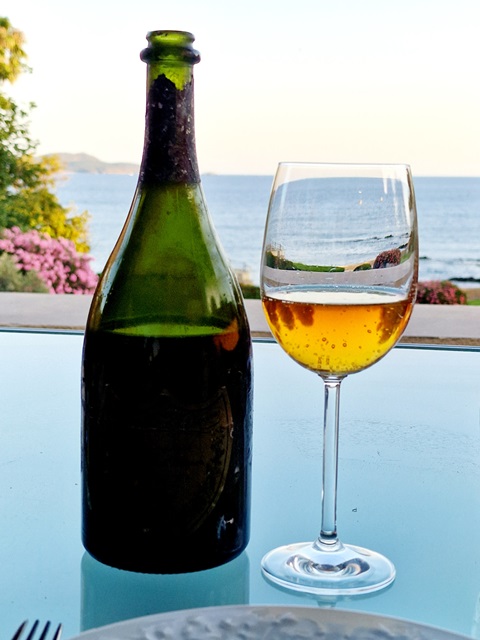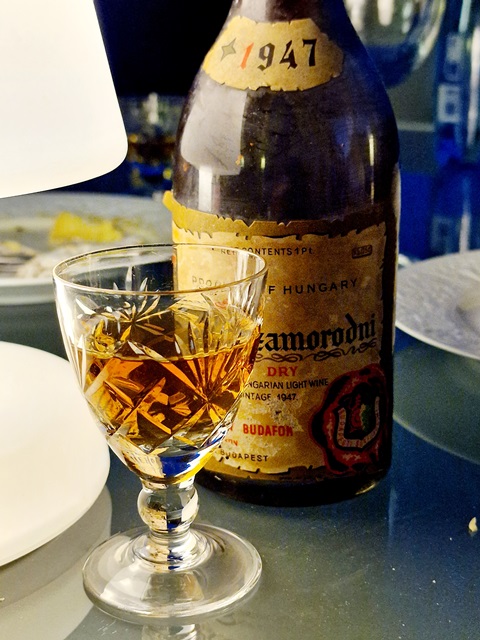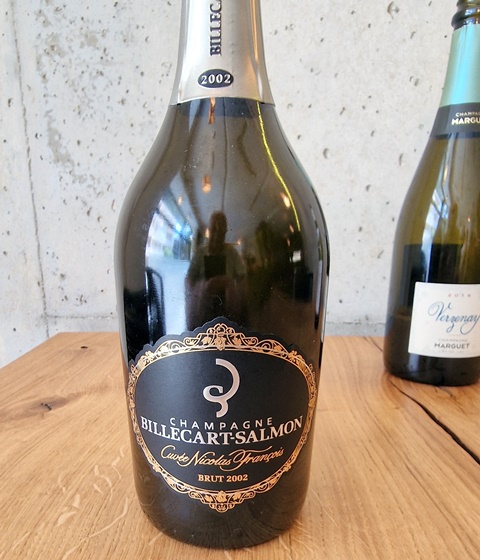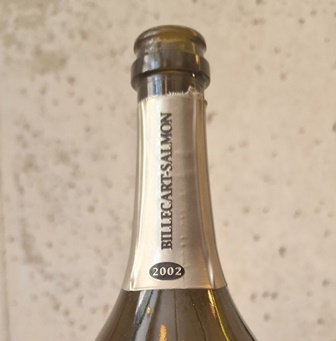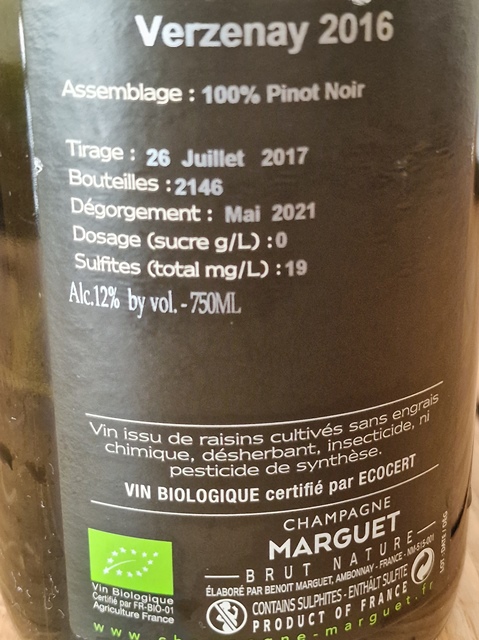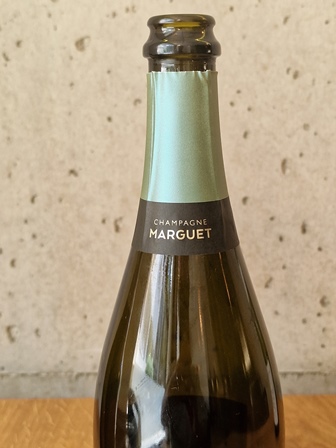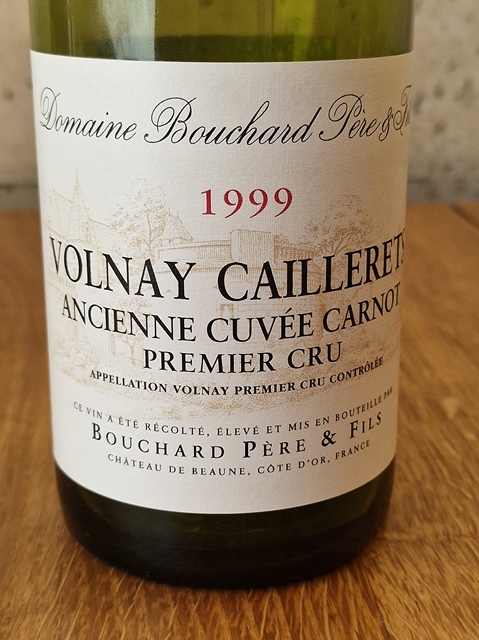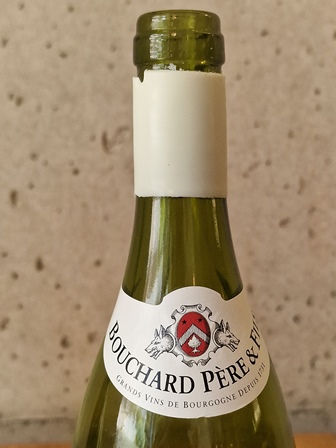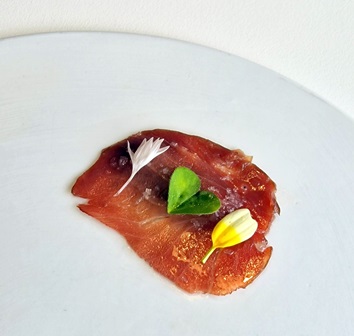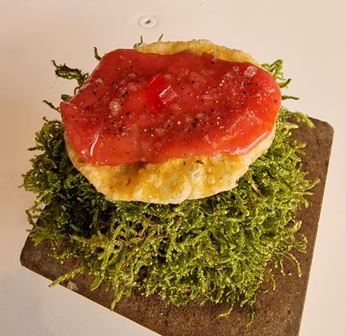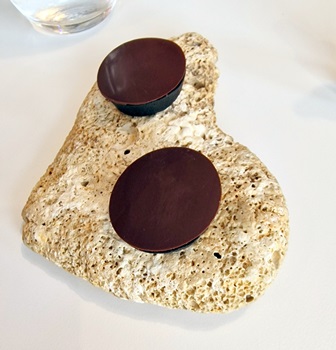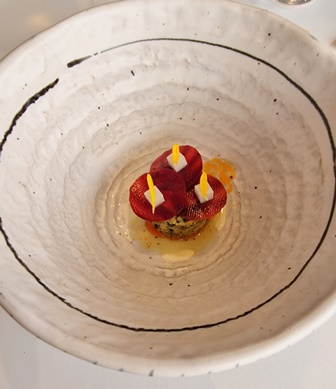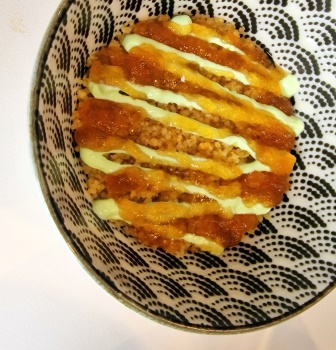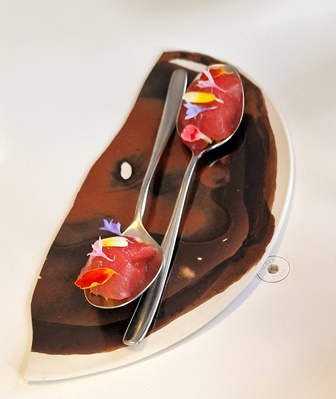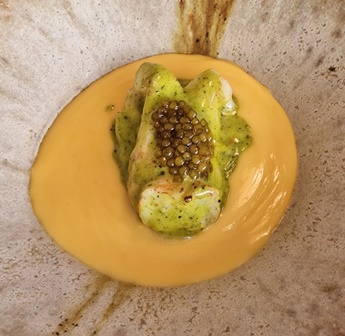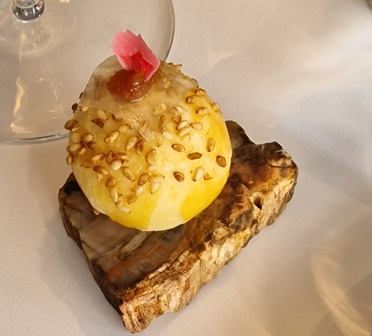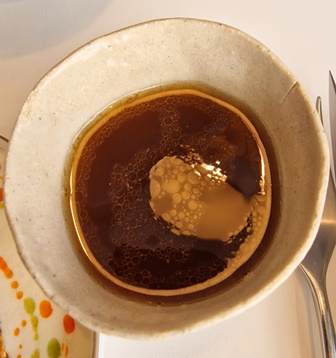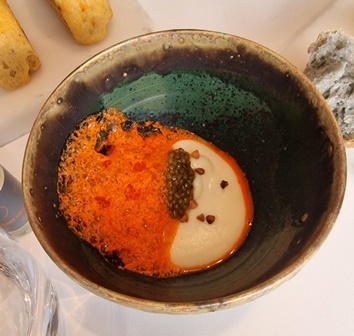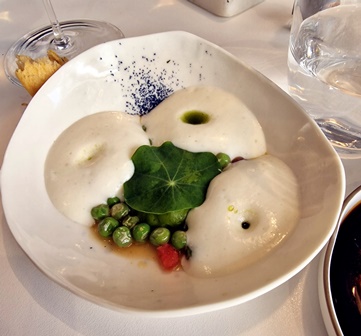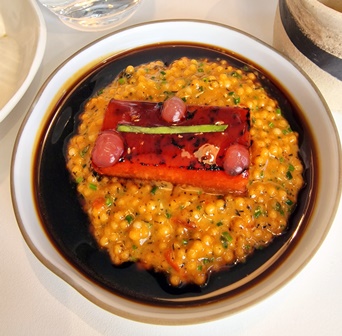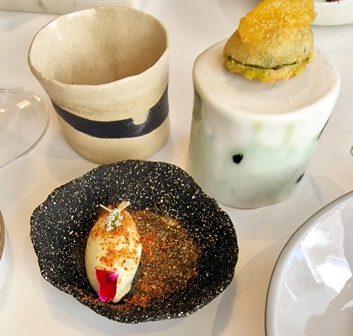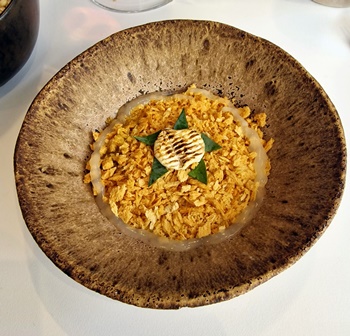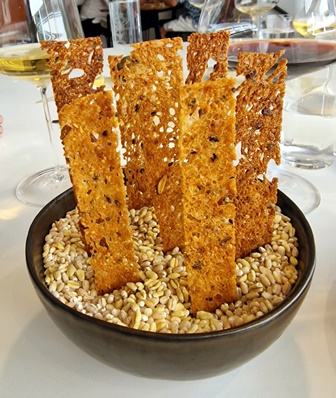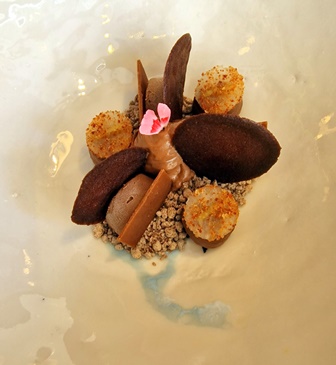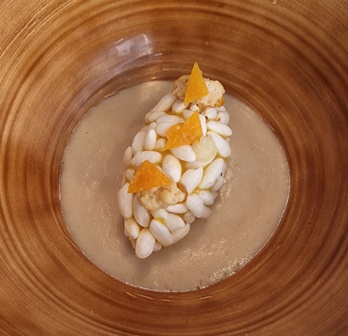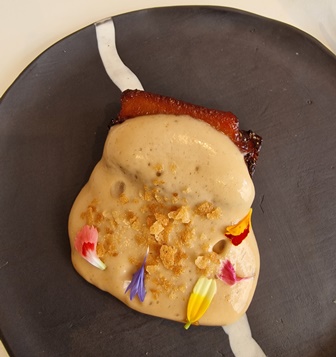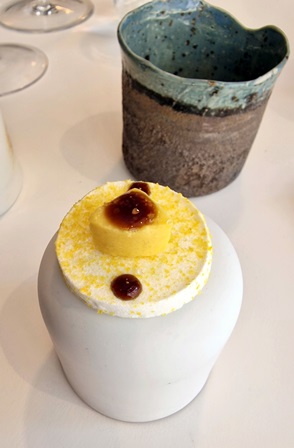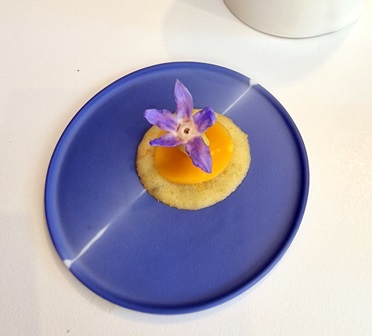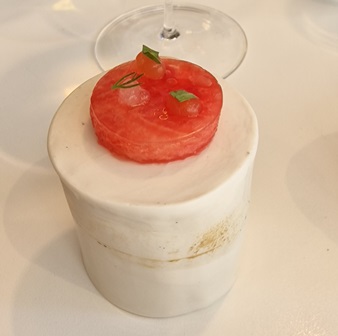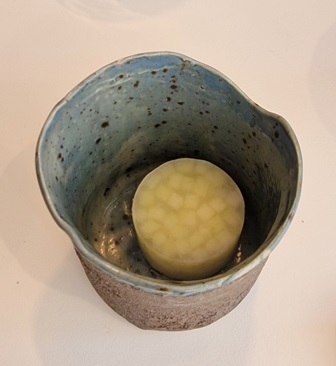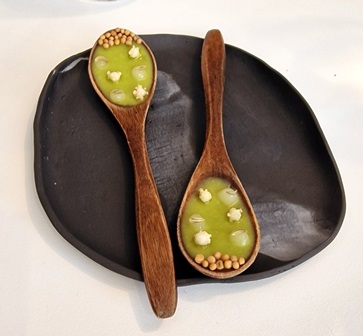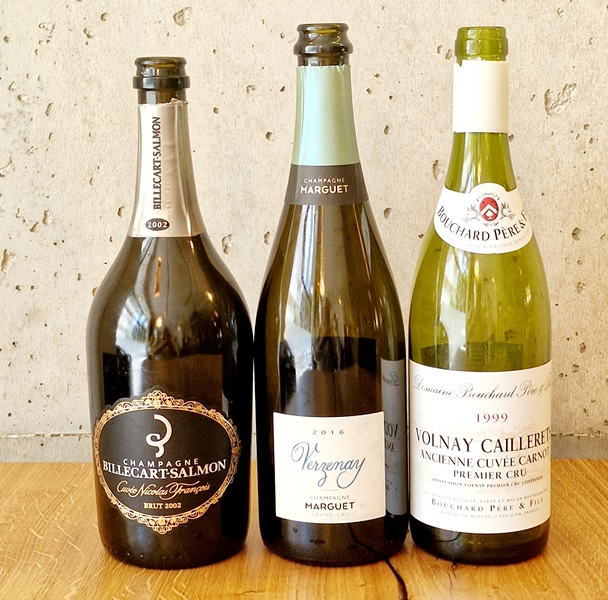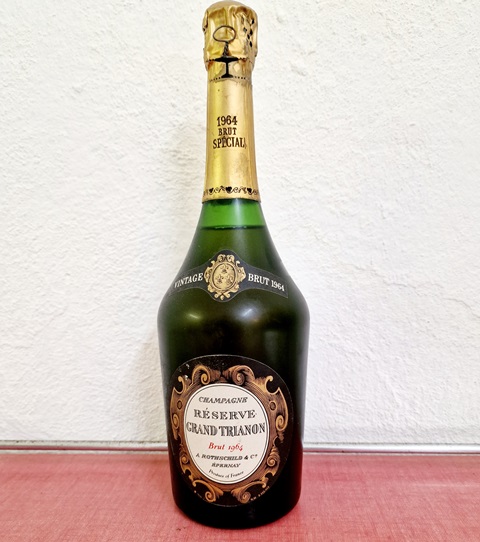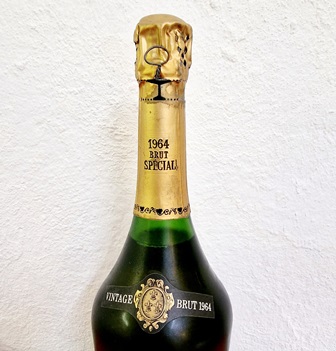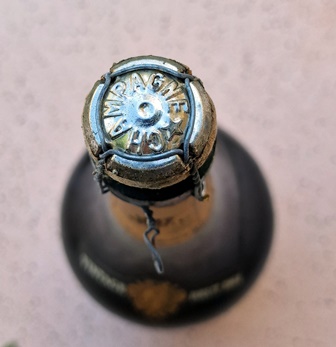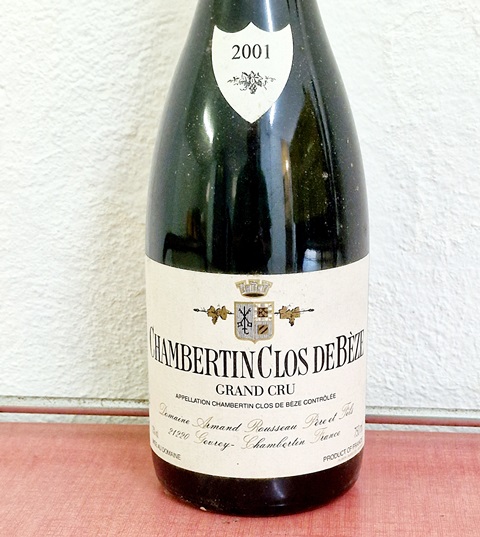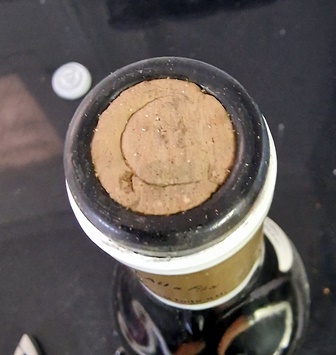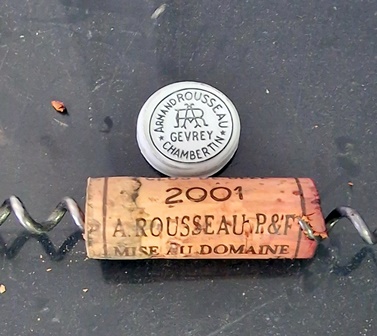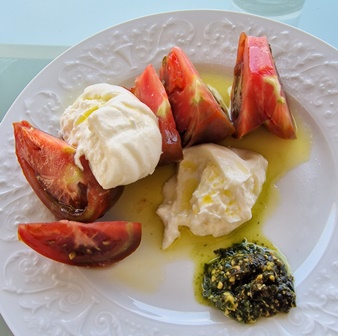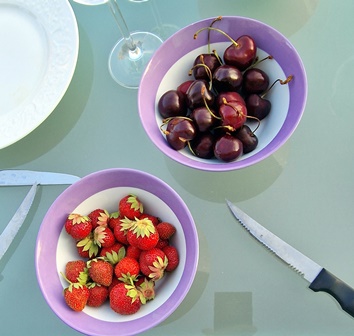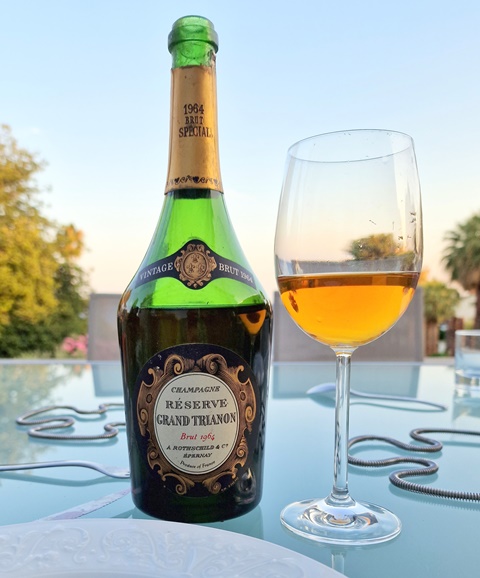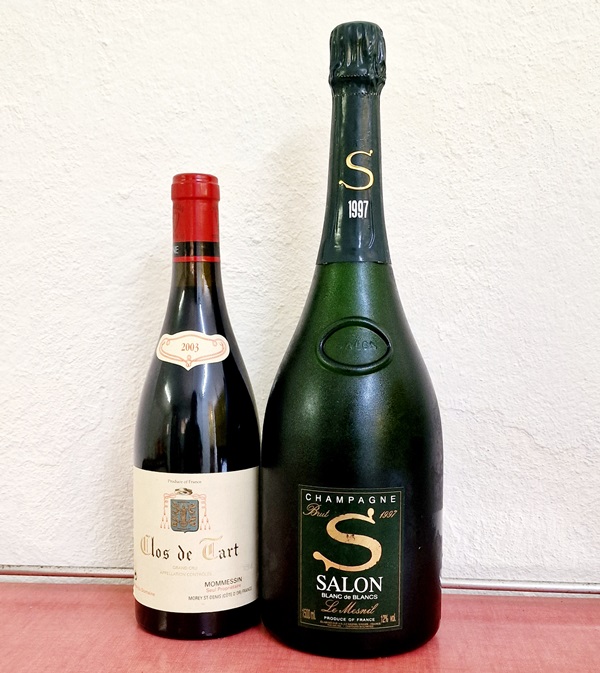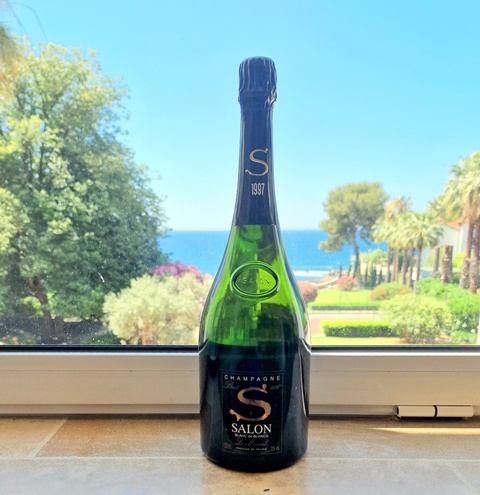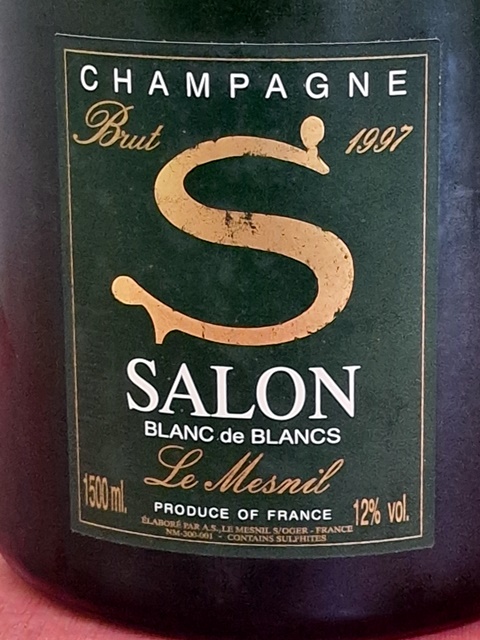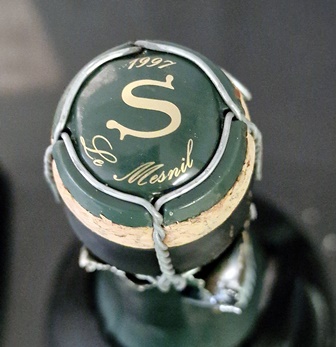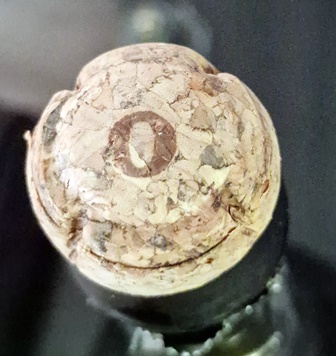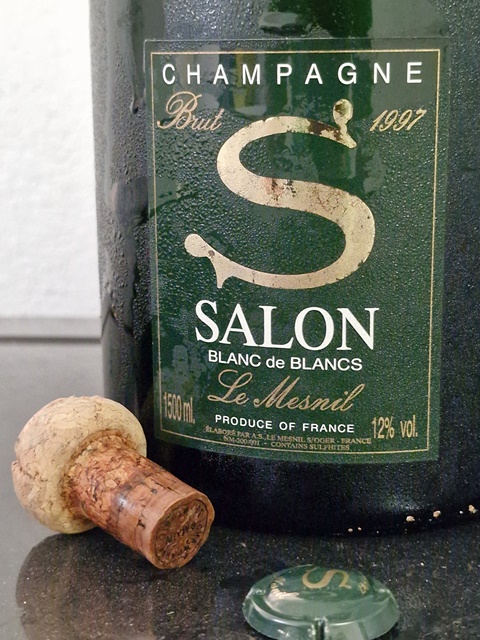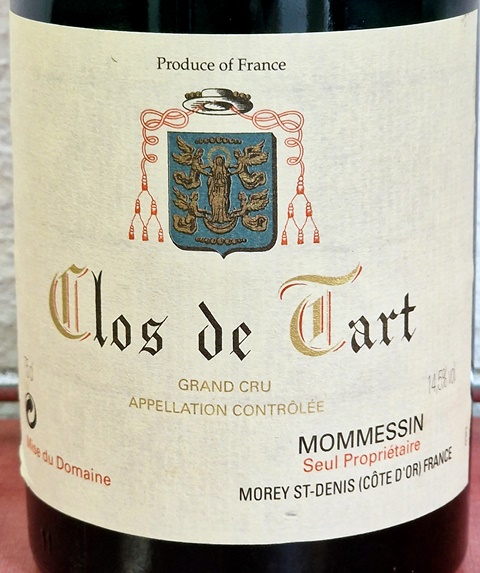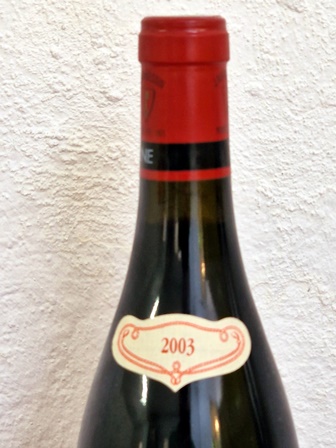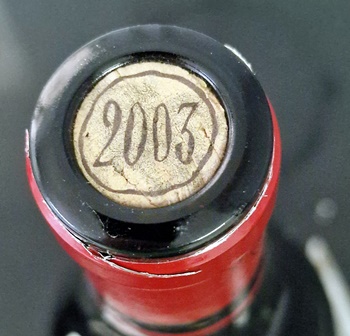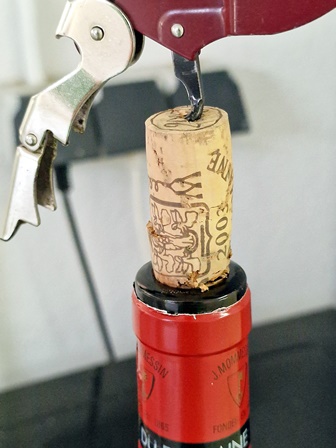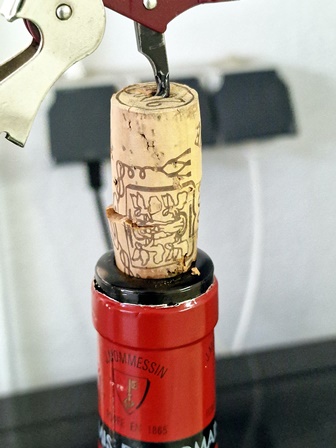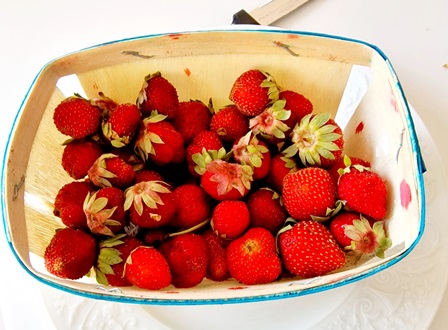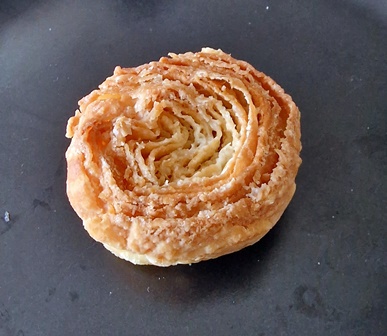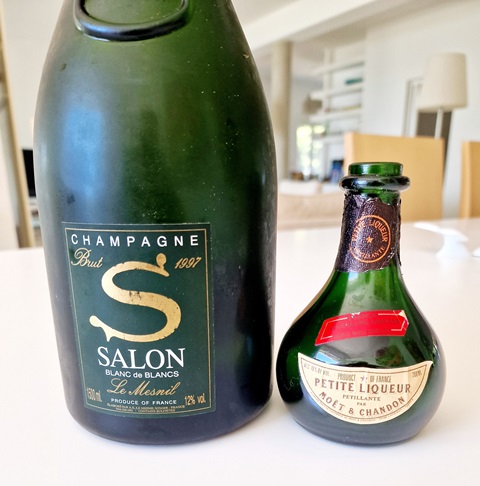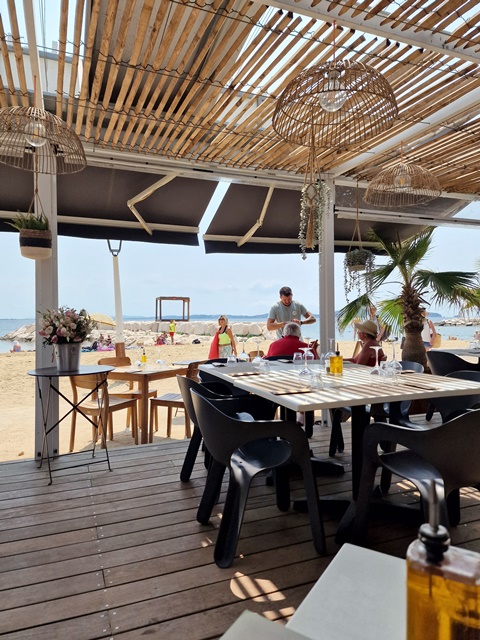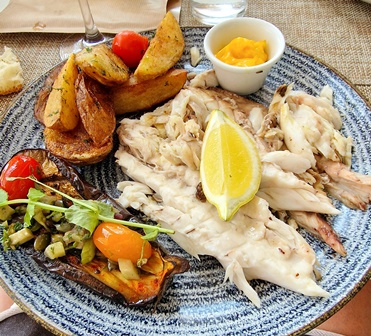Moët Hennessy possède un appartement à Paris pour recevoir leurs clients les plus importants. J’ai déjà organisé deux repas en ce lieu, les n°s 268 et 271. Pour une partie du mois de juillet, Moët Hennessy a loué une gigantesque villa au centre de Saint-Tropez pour recevoir sa clientèle internationale. Je suis invité à venir dîner en ce lieu et j’aurai l’honneur de rencontrer le président de Moët Hennessy et des membres de la direction.
Venir de ma maison du sud à Saint-Tropez est une punition en voiture, car la circulation est d’une densité extrême. Lorsque l’on doit suivre une voie, des énormes voitures de toutes nationalités viennent doubler les voitures disciplinées, car leurs conducteurs se croient tout permis.
Par manque d’indications sur cette villa, j’ai marché plus d’une heure en tournant en rond sur la Place des Lices, alors que la villa était à moins de dix mètres du parking où j’avais garé ma voiture.
Stanislas, qui a eu la gentillesse de m’inviter, vient me secourir et enfin j’entre dans cette imposante bâtisse sur quatre étages et des sous-sols, dont l’architecture des escaliers est très originale mais coûteuse en volume. Dans un des sous-sols, dans une salle immense, trône une de ces voitures de luxe dont le prix se compte en millions d’euros et dont l’une des principales fonctions pour le propriétaire est de se montrer en garant sa voiture devant le casino de Monte-Carlo.
Lorsque j’arrive, je rencontre Bill, le maître distillateur du whisky Glenmorangie. Immédiatement le contact se crée tant cet homme est passionnant. On me propose de descendre dans une salle au sous-sol où je peux déguster des whiskys Glenmorangie. J’en goûte deux résolument différents. L’un est chaleureux comme un Bourbon et accueillant. L’autre est plus strict et distingué. Tous les deux sont complexes et de longueurs infinies. On mesure l’importance des barriques de vieillissement qui ont servi à faire mûrir des bordeaux, des chardonnays, des portos et autres. Ce sont ces barriques qui créent le goût.
Pour le plaisir, j’ai apporté avec moi un Champagne Dom Pérignon 1962, d’une année que j’adore. Je pensais le boire en petit comité après le repas, mais le président de Moët Hennessy qui venait d’arriver me suggère qu’on le boive dans la salle où j’avais goûté les whiskys. Nous sommes cinq et serons rejoints par deux autres invités.
Il me faut de gros efforts pour dévisser le fil de fer de trop grosse épaisseur et lorsque le fil se détache un peu je vois apparaître des petites bulles entre le bouchon et le goulot, ce qui me semble être un signe très positif. Le bouchon s’enlève sans la lunule du bas, qui viendra avec un tirebouchon. Il n’y a pas de pschitt ou à peine. Le nez est expressif et superbe et la couleur est beaucoup plus claire que ce que j’attendais, signe de jeunesse.
Le champagne est délicieux, rond, cohérent plein d’énergie et de grandeur. Je le sens gastronomique et gourmand. Certains des participants de cette dégustation non prévue ont peu d’expérience des champagnes anciens et comprennent qu’il s’agit d’un autre monde que les champagnes jeunes. Ils perçoivent l’intérêt de ce monde, qui donne envie de recommencer.
Une grande table d’une trentaine de personnes accueille des professionnels et des amateurs de vins de plusieurs nationalités, Allemagne, Italie, Royaume Uni, et même Russie et d’autres. Le menu qui a été réalisé par le traiteur Potel & Chabot est : poulpe grillé, salade de pommes de terre nouvelles à la vinaigrette citrique et ciboulette ciselée / suprême de canard légèrement fumé, ananas carbonisé, kale rôti, purée de poivrons rouges rôtis au feu, gingembre et citronnelle / tarte à la cassonade avec raisins pochés, glace au gingembre tige et garniture d’amandes fumées en dés.
Ma grande surprise est de découvrir que c’est un repas au whisky, ce dont je n’avais pas été prévenu. Il y aura quatre whiskys et l’intarissable Bill, pétri d’humour, nous présentera chaque whisky en nous donnant envie. Nous aurons le Glenmorangie Tuiga, chaleureux et doucereux, le Glenmorangie édition n° 9 plus droit, subtil, qui ne devient ample qu’en fin de bouche. Je constate que les essais de mariage de whisky avec des plats est une gageure, car ces whiskys sont des alcools de méditation. Ils avaient plus de longueur lorsque je les ai bus sans manger, alors que les plats raccourcissent leur discours.
Le premier plat a été servi avec le premier whisky et avec un Cloudy Bay Chardonnay 2021 que j’ai trouvé délicieusement précis et bien fait, mais que l’on ne devrait pas trouver sur le marché avant qu’il ait acquis une certaine maturité.
Le deuxième plat a accueilli un Termanthia 2015 vin espagnol de la région de Toro fait de Tinta de Toro et Tempranillo qui titre 14,5°. Après avoir bu le Vega Sicilia Unico 1995, l’écart qualitatif paraît considérable, mais nous serons plusieurs à constater qu’après quelque temps, le vin s’épanouit et délivre des saveurs qu’il avait cachées jusqu’alors et apporte du plaisir.
Le problème des traiteurs, c’est qu’ils ont envie de faire plaisir en offrant de multiples talents. Mais lorsqu’on essaie de marier le vin espagnol avec le canard et qu’on croque un peu de l’ananas, le palais devient comme le parachutiste qui a oublié son parachute, c’est la chute libre.
C’est alors qu’arrive un de ces moments d’émotion que je chéris. Avec le dessert on verse un whisky Ardberg 25 ans d’âge dont le parfum de tourbe est intense et allume un souvenir fort. J’avais acquis en 2006 un whisky de la cave parisienne du Duc de Windsor au parfum tourbé impressionnant. Je retrouve le même. C’était, comme l’indique l’étiquette un « the finest scotch whisky, very great age, John Dewar and sons ltd, Perth rs » que j’avais situé vers 1860. L’odeur qualifiée volontiers de punaise est un bonheur parfait. Quelle émotion de retrouver le même.
Nous avons fini le repas avec un Ardberg Islay Single Malt plus jeune offrant un agréable parfum tourbé mais moins extrême que le précédent, qui a créé un très bel accord avec du roquefort.
Autant un cognac trouve une place naturelle en fin de repas car il peut être un point final savoureux, autant le whisky a du mal à prendre sa place dans un repas, et je pense que ce doit être un alcool de méditation qui se déguste pour lui-même. Mais rien n’empêche de tenter.
Nous sommes montés au dernier étage sur une belle terrasse. Je n’ai pas pu résister au plaisir de goûter un excellent cigare en devisant avec des gens sympathiques. Je reverrai très probablement Bill, le distillateur passionnant de Glenmorangie car nous avons des visions communes sur la gastronomie.
Ce fut une belle et originale soirée.
les photos sont nombreuses pour montrer l’orateur de talent, maître de chais de Glenmorangie
une voiture dans le sous-sol de la villa
mon cadeau aux organisateurs
la terrasse où l’on peut deviser en buvant un beau whisky et en fumant un grand cigare
